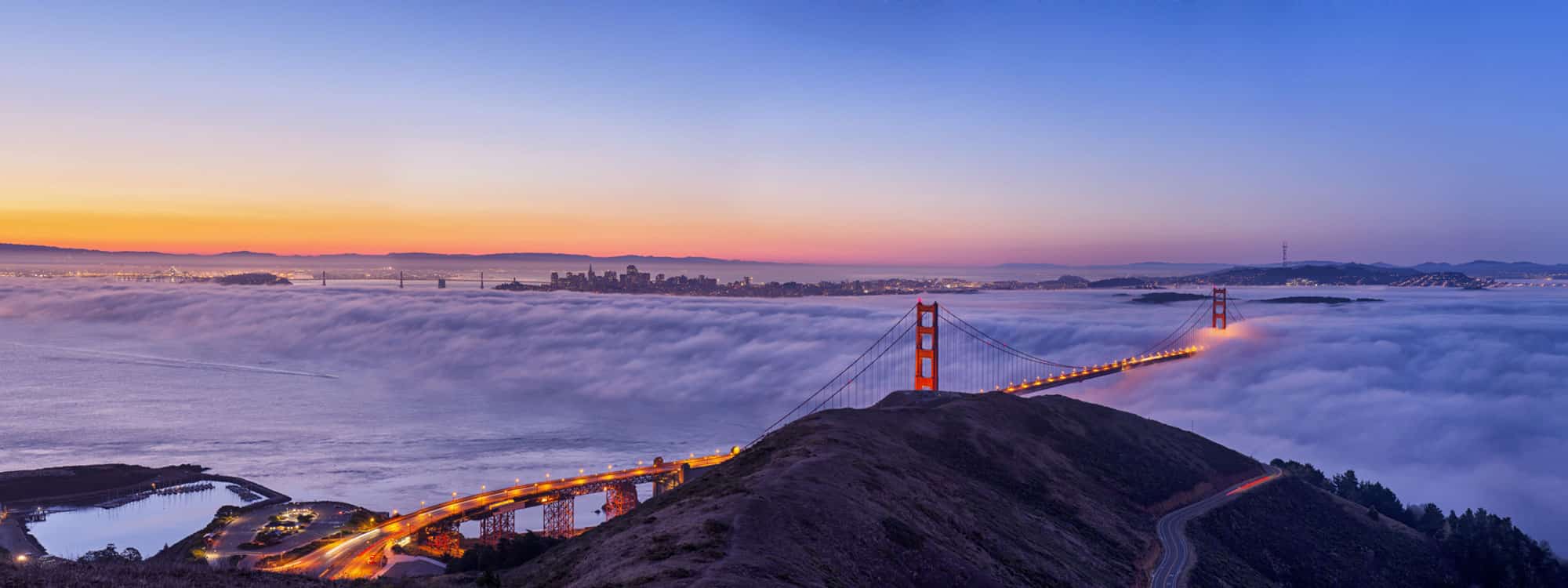Randal O’Toole—a Cato Institute fellow and avowed opponent of smart growth—recently wrote a diatribe against Plan Bay Area in Forbes. O’Toole wants to impose his growth vision on our region, which calls for opening the floodgates for sprawl development on natural and agricultural lands. Here’s our response.
The Bay Area is expected to grow by two million people over the next generation. The big question is how we handle that growth.
Done poorly, development sprawls outward, endangering our treasured landscapes and the clean water and fresh foods that they provide, while drawing investment away from the cities and towns we love. It’s also a recipe for more grueling commutes on traffic-choked freeways, polluting our air, and reducing the quality of life we enjoy here.
If we grow well, our greenbelt can be safeguarded and development can be used to make our communities thrive for everyone. This creates healthy neighborhoods where people can walk and bike with access to parks, shops, and transit and more housing choices.
How we grow will also profoundly impact the region’s ability to create and sustain good jobs. CEOs consistently report that the two biggest barriers to creating more jobs in the Bay Area are traffic and a lack of affordable homes. These two problems could become much worse if we aren’t deliberate about our future.
Fortunately in 2013, the local elected officials who comprise the Metropolitan Transportation Commission (MTC) and the Association of Bay Area Governments (ABAG) adopted Plan Bay Area, a new regional plan that lays out a vision for how our cities and towns can grow smartly.
It calls for the creation of 660,000 new homes along with 1.1 million new jobs, concentrated near transit and existing employment centers, to offer more affordable, walkable communities while preserving our stunning open spaces.
Some highlights from the plan:
- No sprawl for 30 years—100% of new growth will be within existing urban boundaries
- Nearly 80% of new homes and over 60% of new jobs will be near public transit
- First-in-the-nation grant programs will reward those places that are doing the most to encourage smart development
The plan is estimated to reduce greenhouse gas emissions by 18% per capita from transportation by 2040. It will also cut local air pollution, and increase opportunities for walking, biking and transit. Growing smartly and boosting workers’ mobility choices is expected to increase the region’s economic competitiveness, increasing our gross regional product by 110%.
There’s a strong consensus that this is the right path forward. Plan Bay Area is built on a foundation of local preferences, focusing growth in places where communities have already voiced a desire for new homes, shops, and jobs close to transit. A 2013 poll commissioned by the Metropolitan Transportation Commission showed broad public support for this approach; 84% of respondents said a plan like Plan Bay Area was important and 65% favored building housing near transit as a climate protection strategy.
Overall, Plan Bay Area is a giant step in the right direction and we are excited for what it means for the future of the Bay Area. And like the technology innovations that Silicon Valley makes available to the world, we hope our region’s plan for growing smartly can inspire others to make their communities better places to live. After all, who doesn’t want a stronger economy, a healthier environment, and a higher quality of life?
This post was updated on August 24, 2015 to include the link to O’Toole’s opinion piece.
Photo: David Yu via Flickr




